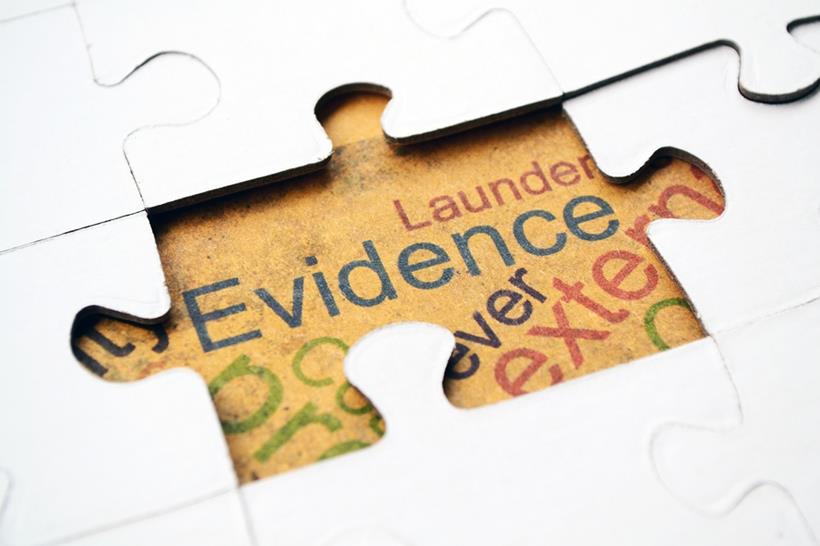
“Oh look, I almost for forgot to mention, there is the latest market research report on the lubricants markets in Australia. The other ten years are sitting on the credenza over there”, said the outgoing marketing manager as we completed our handover.
“So what is in them? How have we used the information?” I enquired.
“Just the trends over the last ten years of lubricants purchases, channel choices, market share, purchasing preferences, lubricants knowledge etc. in the automotive side of the business spilt by gender, age and location. We use them to keep the executive informed about the trends. You will find presentations we’ve made in the filing cabinet”.
That short discussion gave me a better insight than anything else in our two week handover into why the lubricants division of our company had not increased its profit for ten years and – allowing for inflation, which was running at numbers over 5% at the time – had actually decreased its profit by more than 60%.
On the credenza, I found an absolute treasure trove of data and information, which, when statistically analysed over its full ten years, gave rise to even more insightful information on segments and their changing and developing attitudes in the automotive lubricants part of our business. Using that information to shape our strategy and tactics allowed us to double profitability in two years.
I was struck by how little our business had used information as an asset upon which we could drive innovation, eliminate waste and reduce risk. It was not the only area of our business where I found gut feel, instinct, and assertions disguised as facts were the inputs of decision making, rather than qualitative and quantitative information.
Sadly, it is something I see every day now as a consultant. Organisations that still do not treat data as an asset. The difference between those that do and those that don’t, I observe as being fairly stark. The unfortunate thing is that those that do not treat information as an asset tend to be unaware of the possibilities if they did.
Let me share with you some of the differences I see.
The differences I see depend somewhat on the volume of relative data that is available. The data I was given in my handover was all very relevant. Sometimes we get a lot of data, but it is not relevant to decision making and requires analysis before it can converted to relevant information.
I should also define what I mean by treating information as an asset. When information is treated as an asset, it is considered formally as having a value chain – not unlike manufacturing or supply. That is, it increases in value as we move from the creation of data through to the adaptation of information to provide new insights (see Figure 1) and that value is managed by a governance framework of policy, processes and procedures and is subject continuous improvement through the organisation.
Figure 1: Information value chain
My observations of the four extremes of treating information as an asset (or not) and having a rather large amount of relevant information and data and not are generally couched in terms of risk (see Figure 2).
Figure 2: Impact of information management approach
Information treated as an asset and high volumes of relevant information
These organisations are, from my observations, dynamic – with innovation not just being a word on a plaque on the wall nominating the values of the organisation, but actually practiced and part of the day-to-day business practices within strategy and planning, and also within operations and the back office.
The big data wave is being pushed by the consulting arms of technology firms and the big consulting firms are now selling this as methodology based on technology. Without the business ethos and belief in information being treated as an asset, many of these initiatives will fail. Those who “get it” will reap the benefits of an easier implementation of the infrastructure required to realise the vision of treating information as an asset.
Information treated as an asset and low volumes of relevant information
These organisations enjoy steady growth and weather the storms of market forces, despite their usually smaller size. They read the “tea leaves” of the market better than others. Organisations in the automotive supply industry that have gone “ahead of the curve” and already diversified into other manufacturing segments through insights into the potential marketplaces or innovation in product design come to mind. They may not have the resources of the big companies to collect and manipulate data into information, but they treat every piece of information they collect as an asset and use it to shape their investments.
Information not treated as an asset but with high volumes of relevant information
These organisations are like a person with severe myopia living working in an optometrist shop, but never having had the sense to get a pair of prescription glasses.
They may enjoy many years of good growth and prosperity for their shareholders and employees and suppliers. Eventually, however, they undergo a catastrophic transformation into something much smaller than in their glory years, as organisations that treat data as an asset find and exploit the insights and innovations they are missing. Even organisations with huge brand market dominance built over many years fall, when they do not treat information as an asset. Kodak, automotive industries in many countries, Sony-Ericsson, Lehman Brothers, Saab, Wang Laboratories and Palm come to mind. What price would a betting person take on Blackberry, Qantas (without government intervention) and Olympus joining them by 2015?
These organisations have mountains of information, probably much of it very relevant, and yet they do not seem to seek to understand what the information is telling them and use it to drive strategy. Rather, they have stuck with – or are sticking with – a culture lacking the ability to challenge the interpretation of information, instinct of a charismatic CEO or an unwillingness to shift the inertia holding back change they know they need to make, until it is too late.
Information not treated as an asset and with low volumes of relevant information
These organisations have a medium risk of a steady decline. They are reactionary rather than progressive. They are often privately held medium-sized businesses. They fade from view almost silently because of their smaller size, but the disappearing act may take a long while as the owners tend to work through relationships they have developed to limp from one view of what their business is to another.
In conclusion
Information is an asset. It does accrete value through a value chain. Large organisations that do not have a culture of treating information as an asset – to be protected by a system of governance and enabled by a system of managing the information assets – are likely to befall a catastrophic change as their competitors or new entrants make use of the information they ignored. It is, however, much more than a big data technological solution. It is about embedding a mindset in current staff and recruiting and rewarding people who protect and leverage information assets as willingly and with as much insight as those that do so with physical and financial assets.
It is also about small to medium-sized organisations using the information they get to carve out niches which they can dominate through innovation in the goods and services they provide, to specific segments with specific needs.
Ignoring, under-utilising and refusing to continuously improve our capability to capture, analyse, interpret and share information is a pointer in today’s economy, of future decline.








